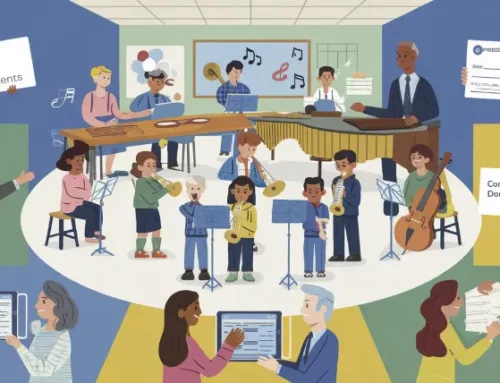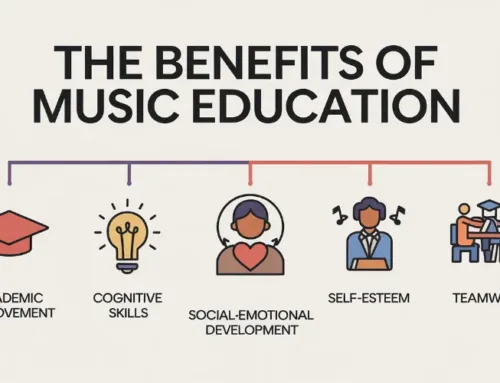How Practice Journals Revolutionize Progress
The metronome clicks steadily as your student saws through the same passage for the 30th time, each attempt sounding identical to the last – shaky, stunted, and sprinkled with squeaks. Their frustration visibly mounts, fingers tightly clenching the neck of their violin. This painful scene repeats daily, making you wonder – is all this practicing even helpful? Could a practice journal help maximize their improvement between lessons?

Like an athlete reviewing game footage, smart practicing requires analysis, strategy and self-awareness. Simply logging time doesn’t cut it. Transform your child’s sound by adding a practice notebook to their musical toolbox! Let’s weigh the potential benefits against the hassle factor.
Structuring Progress
Logging practice Quantitatively tracks progress, but the real advantage lies in planning each session strategically like a road trip. Students outline specific route stops: warm ups, new techniques, trouble spots, pieces, drills and ear training. This roadmap lends clarity to meandering, keeps motivation high and ensures skills develop comprehensively, not just repeating what’s easiest.
Teachers gain insight too – we diagnose issues plaguing a student by assessing practice choices. Do their logs display a balanced diet or steady stream of desserts? Is the ratio of fundamentals to songs ideal? Tracking progress keeps both student and instructor intentionally moving in the right direction.
Pinpointing Weaknesses
Practice inevitably highlights sticky points – from tricky fingering sequences to rhythmically complex measures. Journaling cements these weaknesses in students’ minds for dedicated improvement. Listing repetitive mistakes also informs teachers about persistent struggles requiring our help. Rather than broadly bemoaning “this song is so hard!” students develop analytical thinking and self-critiquing skills.
Scheduling Strategically
Practice journals nudge students to divide time wisely between skill building and songs. Teachers note imbalanced logs and redirect students’ energies towards weaknesses. Journals also cure the monotony of repetitive practicing as variety gets intentionally scheduled into each session. Optimizing effectiveness and enjoyment ensures inspiration doesn’t fade.

The Cons of Journaling
Now what about that hassle factor? No doubt, penciling in practice objectives takes concerted effort students might rather avoid. Building any consistent habit feels cumbersome initially. Some may perceive analyzing playing as criticism rather than helpful refinement. Others simply hate writing! Starting a notebook requires initiative some students naturally lack without accountability.
Conclusion:
So is it worth sweating the small stuff recording practice? Absolutely! Like mapping out a route before a journey, “knowing before you go” sets students up to maximize success. Though initially tedious, as journaling becomes routine, students will discover renewed motivation. And there’s no better cure for boredom than a strategic plan promising measurable progress!







Leave A Comment
You must be logged in to post a comment.